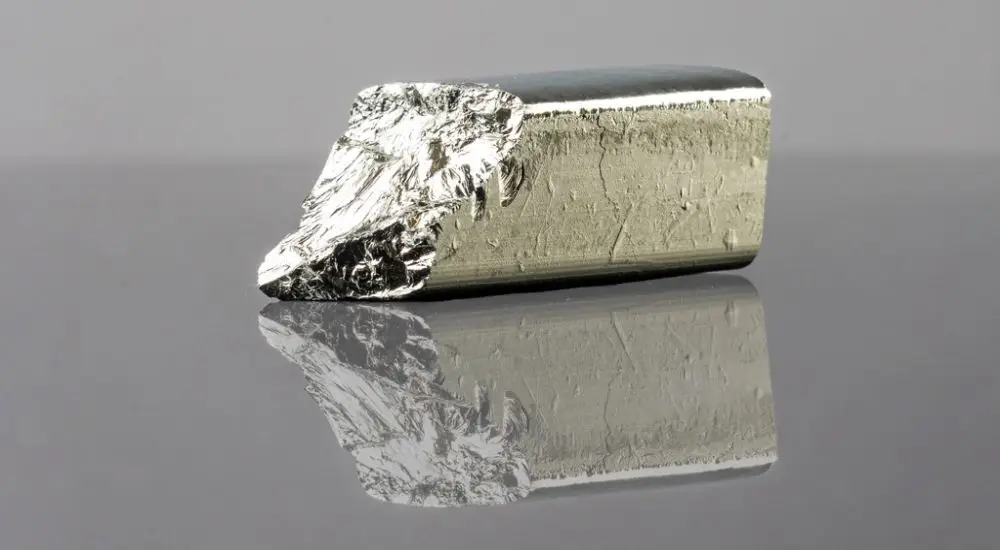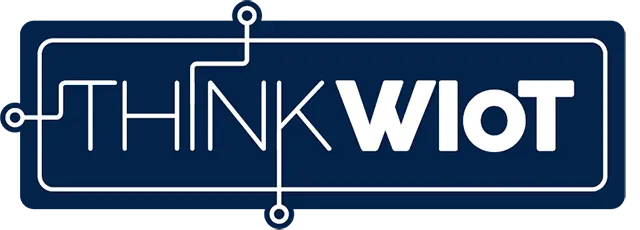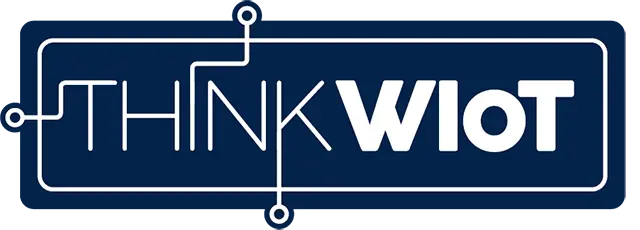Germanium between market fluctuations and a key role in the IoT

Export situation in China & EU targets at a glance
Current market data puts germanium in the spotlight: China's exports rose to 1,166 kg in August, an increase of over 50% compared to July, but remained well below the previous year's figure (1,358 kg). The most important recipients were Russia and Germany; overall, China supplied significantly fewer countries than in the summer of 2024.
At the same time, gallium exports fell by over 20% month-on-month; the largest buyers were Japan (5,200 kg) and Canada (2,001 kg). Both technology metals are concentrated in a few target countries. The background to this is Chinese export restrictions in force since summer 2023 and a US import ban since December 2024.
At the European level, the Critical Raw Materials Act (CRMA) sets targets for 2030: 10% of demand is to be sourced within the EU, 40% processed here, and 25% covered by recycling. At the same time, China dominates large parts of the value chain for critical raw materials – according to estimates, around 70% in mining and ~90% in further processing.
Why germanium matters for wireless IoT
Infrared optics (germanium lenses/windows): Optical elements made of germanium that transmit IR waves (≈ 2–14 µm) very well. They form the basis for thermal imaging/IR cameras, often require anti-reflective coatings, and enable reliable thermal imaging in security, industry, and mobility.
Photonics & fiber optics/backhaul: Germanium admixture and photodetectors enable high-speed links. Backhaul is the network backbone between the edge/access and the core network, implemented via fiber optics, microwave radio, mmWave, or free-space optics.
Semiconductors & SiGe-RF (low-noise, high-frequency front ends): Silicon germanium (SiGe) enables RF preamplifiers with low noise figures and operation at high frequencies (sub-GHz to mmWave). Such front ends (LNA, mixer, filter, PLL) increase sensitivity in gateways, sensor hubs, and industrial radio modules (Wi-Fi, BLE, LoRaWAN, NB-IoT).
LiDAR & Optoelectronics: Germanium-based optics/detection support distance measurement, environment detection, and quality testing in industry and mobility.
Energy & aerospace (multiple solar cells): Stacks of multiple semiconductor layers (multi-junction, often III-V compound semiconductors) on germanium substrates utilize different spectral components and achieve very high efficiencies – standard in aerospace, with technology transfer to ground-based applications.
Data sheet: Key figures for germanium
Symbol/atomic number: Ge / 32
Density: 5.32 g/cm³
Meltingpoint: 938 °C
Boilingpoint: 2,830 °C
Industrial perspective & delivery forms (TRADIUM)
Industrial users purchase germanium in various delivery forms and purities – from optical qualities to electronic grades. Raw materials trader TRADIUM provides information on available specifications (composition/purity); germanium is available there for industrial use.
From an industrial perspective, germanium remains strategic – with solid demand from core applications but a sensitive, politically influenced supply chain.
Alternatives to germanium & to sourcing from China
For many fields of application, there are options beyond Chinese supply chains. In primary supply and refining, locations in Canada and Europe are considered relevant sources; in addition, recycling is gaining in importance, for example from fiber optic waste or disused optical components. This provides a second and third pillar of supply alongside imports from China.
In terms of materials, alternatives depend heavily on the application. In infrared optics (MWIR/LWIR), chalcogenide glasses, zinc selenide (ZnSe), or zinc sulfide (ZnS/Cleartran) are used, depending on the spectrum and environmental conditions. In photonics and detection, InGaAs-based solutions are common in the near infrared; in the long-wave infrared, HgCdTe (MCT) is sometimes used. In high-frequency technology, GaAs- or GaN-based front ends—as well as RF-CMOS—can be an alternative to SiGe, depending on the frequency, linearity, and integration requirements.

